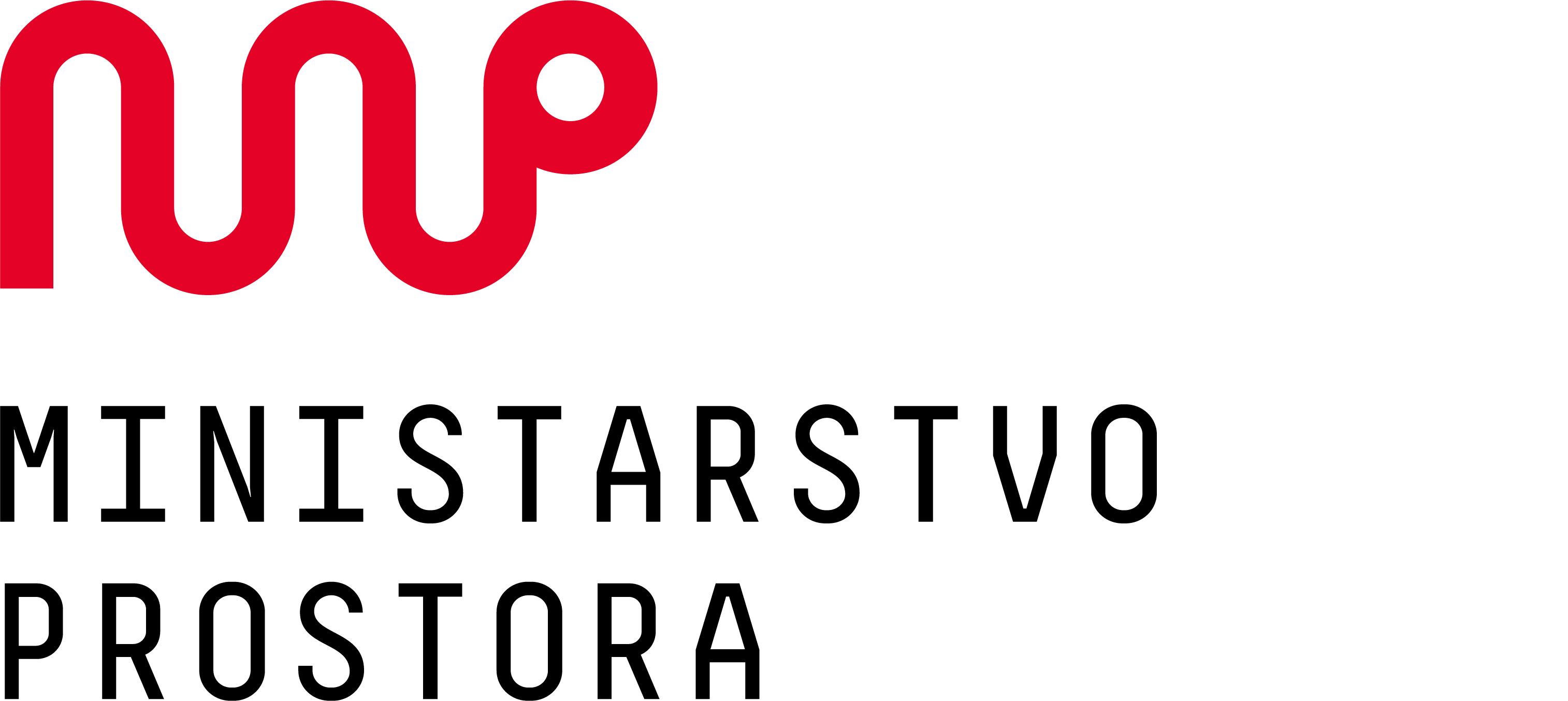About
“How (un)affordable is housing in Belgrade?” is a map that was developed within the framework of the CMMM research project that has accompanied the wider activities of the Ministry of Space (MoS) since March 2020. It is part of MoS’s larger work in providing evidence and pushing for reforms in policies and procedures related to housing. This map is the result of various exchanges within our networks, and we are particularly grateful for the support of the contributors (see below) and the visual intelligence team.
CMMM – Critical Mapping in Municipalist Movements is a 3.5-year research project that brings together an international team from Barcelona, Berlin, and Belgrade. It is hosted at K LAB, TU Berlin, supported by the Robert Bosch Stiftung, and implemented in collaboration with Observatori DESC (BCN), AKS Gemeinwohl (BLN), Kollektiv Raumstation (BLN), and Ministarstvo Prostora (Ministry of Space) (BGD). In parallel to this Belgrade-based map, the Barcelona Team developed their “Stop Evictions!” map, and the Berlin Team produced their “Commoning Berlin” map.
PROTOTYPE CONCEPT
Even though housing is a basic right, it has become unaffordable for approx. 80% of the inhabitants of Serbia because apartments are now commodities that can be exchanged on the market for profit. This high degree of housing unaffordability produces overcrowded and inadequate living situations and increases the risk of indebtedness. It engenders spatial inequalities and segregation in our cities.
Our map clearly shows the scope of housing unaffordability in Belgrade, as well as its socially segregationist spatial consequences. By exploring our own situation and that of our neighbors and friends, we can see to what extent apartments are generally available on the market and in which parts of the city we can or cannot afford to live. Understanding this problem, which many of us share, is the first step toward changing the situation systematically, through wider mobilization to make housing unaffordability a higher priority on the political agenda.
The design of this map is the result of various exchanges within our local networks, including the findings from the three workshops: “The Housing [Utility Service] Burdens of Social Housing Tenants” (Nov ‘20), “How to Obtain Publicly-Owned Land for the Purpose of Non-Profit Housing?” (Dec ‘20), and “Critical Mapping of the Unaffordability of Housing in Belgrade” (April ’21), which featured guests from various backgrounds.1
To map affordable housing offers for the specific scenarios, we use TWO VARIABLES: the size of the household (number of members), and the self-assessed monthly household income. The algorithm behind this map relies on international and domestic standards in calculating the number of units on offer that are considered adequate in terms of size and price per scenario, as well as their locations. The results shown for both renting and buying are filtered as follows:
1. Spatial suitability: According to the "adequate apartment" standard, which is defined by the Law on Housing and Building Maintenance (Article 90), the relation between the number of residents and the minimum total area of an apartment is as follows:
- Single-member household: 22 m2 or more
- Two-member household: 30 m2 or more
- Three-member household: 40 m2 or more
- Four-member household: 50 m2 or more
- Five-member household: 56 m2 or more
- Six-member household or larger: 64 m2 or more
This means that the result of the search displays all "spatially suitable" apartments that correspond to the legal minimum, as well as those that are larger.
2. Affordability: The internationally adopted upper limit for the housing burden is 40% of the monthly household income. This value includes costs other than rent or mortgage payments, such as utilities and heating.2 Therefore, the algorithm here sets a threshold of 30%. This means, in the case of renting, the displayed affordable offers are those where the monthly rent is equal to or less than one third of the household’s indicated monthly income. Additionally, in the case of purchasing, it is assumed that one can meet the following conditions:
- The household’s credit is good enough to apply for a 30-year loan
- The household can make a down payment of 20% of the price of the apartment at the time of purchase
- The household can cover the 2.55% average interest rate of commercial mortgages in Serbia
1 The names of the participants and more information about these two workshops can be found in the two corresponding sections, which can be accessed by clicking on the title.
2 While this percentage is 40% at the EU level, in the documents of the United Nations this threshold is 30%, which means an even smaller range of offers would be available as a result.
DATASET
Unfortunately, due to the complex process of downloading data that are normally not available to the public as databases and scraping them, it is not possible to use real-time data for our map. The data that is currently being used was downloaded on 8 and 10 March 2023.
Contributor
Marina Živaljević
Developed by
Imprint
© 2023 – version 2.0
Concept and Structure: CMMM BGD and KLAB
Design and programming: visual intelligence and Felix Buchholz
Authors: Jovana Timotijević, Iva Čukić
Editors: Andreas Brück, Katleen De Flander, Natasha Aruri
This map is part of the practice-oriented research project CMMM – Critical Mapping in Municipalist Movements
Disclaimer & Privacy




